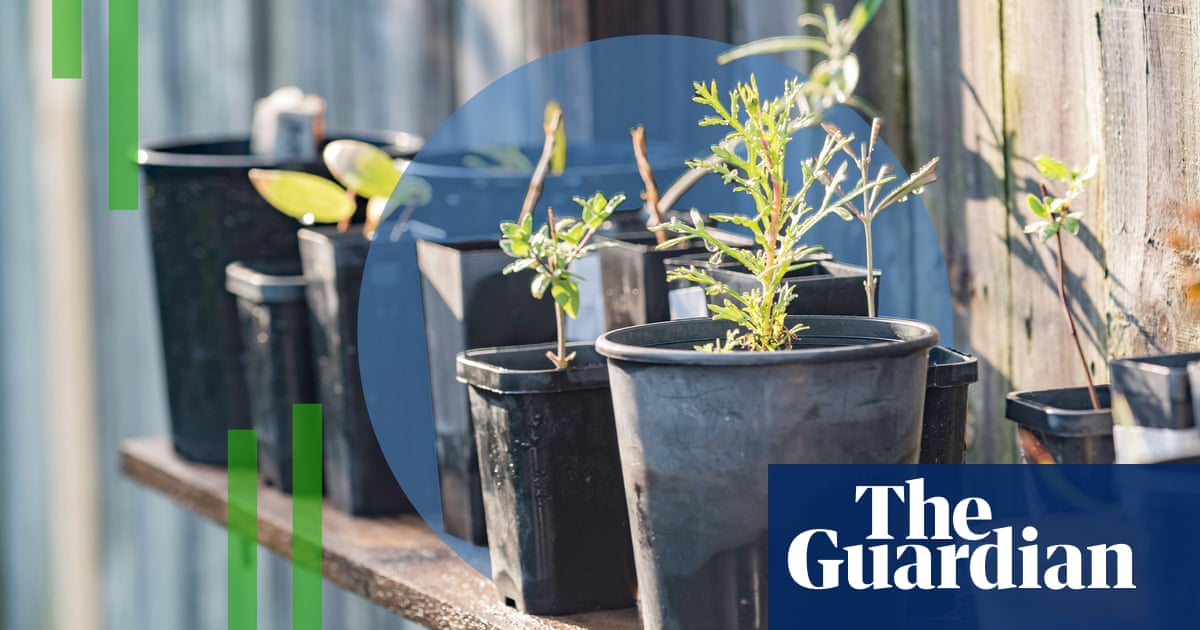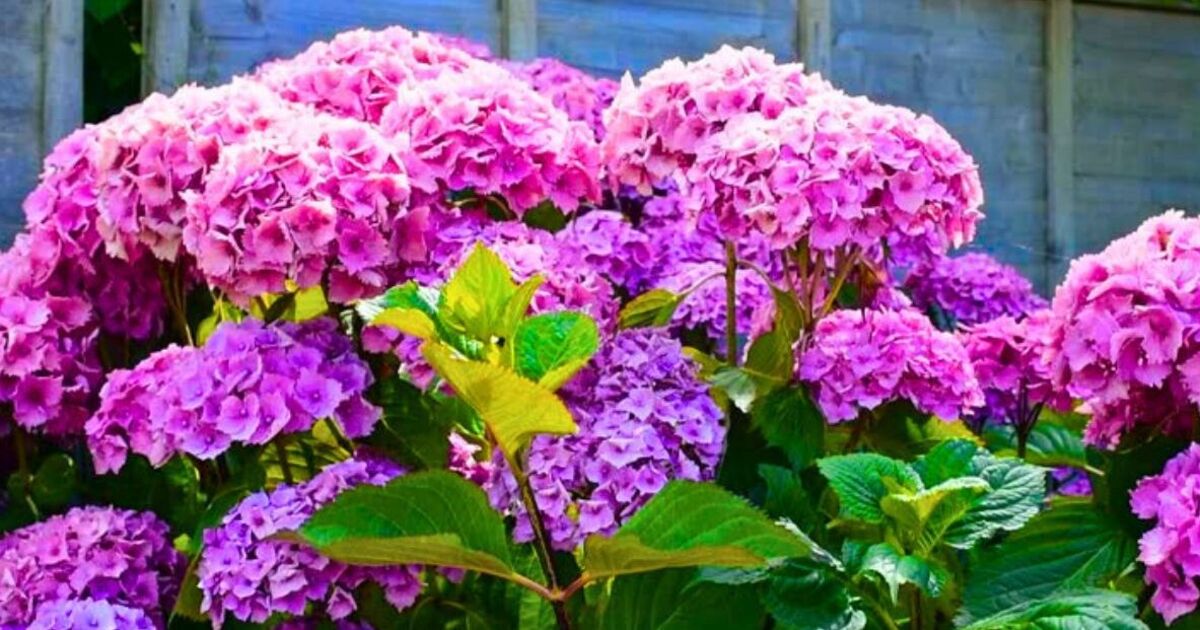As warmer weather returns, the sight of winter’s chaos in our gardens can be alarming. However, contrary to popular belief, spending a lot of money on flowering plants, new pots, and chemical plant food isn’t the only answer to this dilemma. A more environmentally friendly approach is available, which can transform your winter wasteland into a vibrant summer sanctuary. So how do we achieve this?
Firstly, thorough observation and inventory of your garden’s current status is paramount before any reconstruction begins. Consider Amanda Shone, nursery manager at Ceres in Melbourne, as a prime example. She emphasizes observing the condition of outdoor spaces, looking at the quality of soil and sunlight exposure.
Taking a step back and assessing the potential sustainable resources already present in your garden is essential. Many plants, including ferns, bamboos, lily varieties, and agapanthus, which grow from rhizomes, can be divided and used for filling up patches in your garden beds or pots. Even clumps of ground cover like ‘baby’s tears’, pots, and planters can be reused. It’s also possible to employ weeds to create nutrient-dense weed teas that serve as chemical-free, cost-effective fertilizers.
Once you’ve assessed your outdoor space, your next move should involve soil enhancement. A healthy soil requires less watering and fertilization. Amanda suggests maintaining the soil’s richness by adding compost and organic material, which helps the soil to retain moisture and nutrients. If you need additional potting mixes, synthetically fertilised ones should be avoided where possible. Reading labels and asking questions should always be customary before buying anything.
Mulching is another key strategy to ensure water retention in your soil. Although most mulches are byproducts of other industries, understanding how they have been processed before they become mulch is worth researching.
Worm farms and weed teas are some of the most exciting tools in the gardener’s arsenal. Worm farms, while simple to set up, can process a large amount of kitchen waste and turn them into natural fertilizer in short order. Meanwhile, weed teas, made by soaking garden waste and weeds in water for a few weeks, provide a valuable organic fertilizer.
Propagation is also a more sustainable, cost-effective alternative to buying new plants. You might already be familiar with propagation if you’ve ever tried raising an indoor plant from a cutting. This strategy can be extended to various outdoor species such as rosemary, lavender, geraniums, fuchsias, impatiens, azaleas, and hydrangeas. Succulents are notably easy to propagate and require very little water, making them a fantastic sustainability-focused choice for gardening.
When it comes to planters and pots for your garden makeover, local tip shops and online marketplace sites can yield some surprising treasures. It’s also worth remembering that beautiful, healthy plants can thrive even in makeshift containers like an old olive tin or a polystyrene box. Reducing waste and repurposing what you already have aligns perfectly with the essence of sustainability.
In conclusion, with a bit of time, patience, and creativity, anyone can revamp their garden in an eco-friendly manner. Not only does this mean creating a beautiful outdoor space for yourself, but also doing your part in reducing carbon footprints— proving that sustainability indeed begins at home.




